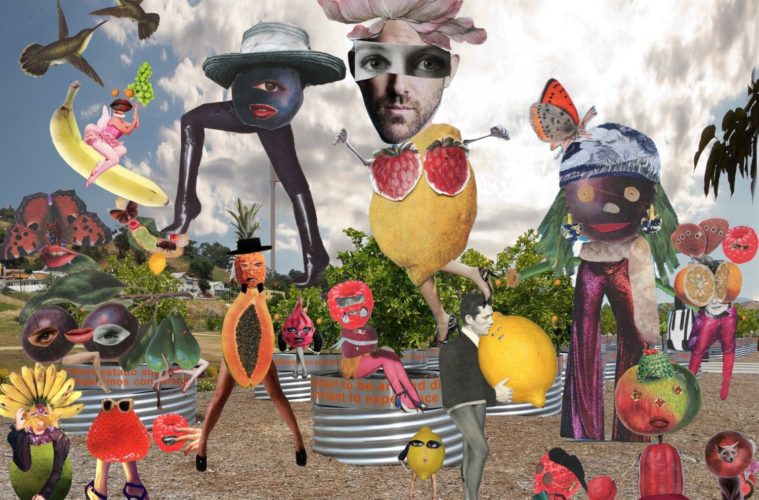Imagine how different the world might look if folks dedicated public and accessible private spaces to growing fruit trees with the specific intention of sharing their bounty with their neighbors. Parks, front yards, byways and sidewalks all over the globe, populated with beautiful, shade-giving, air-cleansing and nourishment-yielding plants and trees. Avocados, lemons, apples and pears, tomatoes, squash, pomegranates, oranges…all free for the grateful taking. It’s not only the ultimate locavore movement, and the freshest way to get to know your neighbors and your neighborhood, it’s a powerful statement on sustainability, food justice and — pardon the pun — community roots.
For Austin Young and David Burns, this is the dream. The artists work under the name Fallen Fruit, staging fruit-based gatherings including jam-making and tree adoption, as well as public-space planting in parks and plazas and art- and art history-focused installations in galleries and museums globally. Recent years have seen them create art and actions from Austria to Australia, Italy to Kentucky, West Hollywood to Puerto Vallarta — and now they’re coming home to Los Angeles, with trees for all their friends.
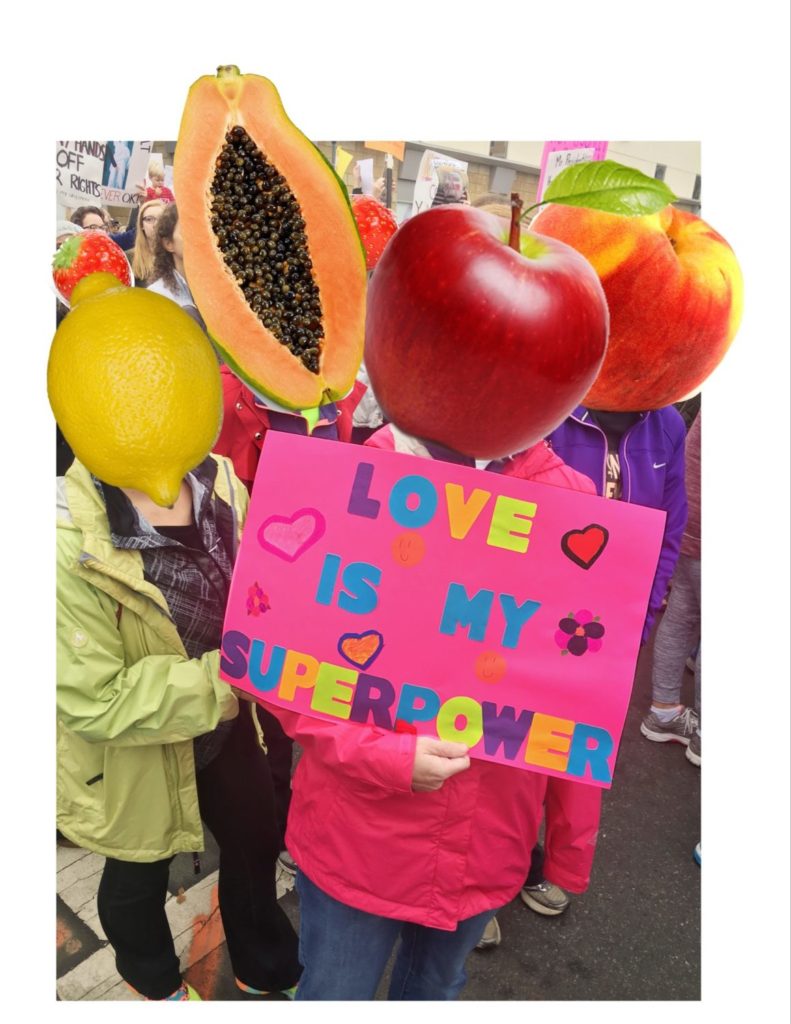
Fallen Fruit (David Allen Burns and Austin Young), LOVE IS MY SUPERPOWER, 2015
As part of their epic ongoing Creative Capital project Endless Orchard — which among other things has resulted in fruit trees planted in 19 city parks around the U.S. — Fallen Fruit not only encourages urban communities around the world to plant fruit trees, but to locate them online in an app-based mapping system that creates local fruit trails and a global view of the living and ever-growing network. Of course, it’s not only a map of free fruit, it also doubles as a guide to lovely, welcoming neighborhoods. For Fallen Fruit’s return to Los Angeles, on Saturday, November 13, they’re staging a free party and tree adoption at downtown’s L.A. State Historic Park — site of their permanent sculptural installation Monument for Sharing, which they describe as, “the symbolic trailhead for the Endless Orchard, which from there goes out into the world.”
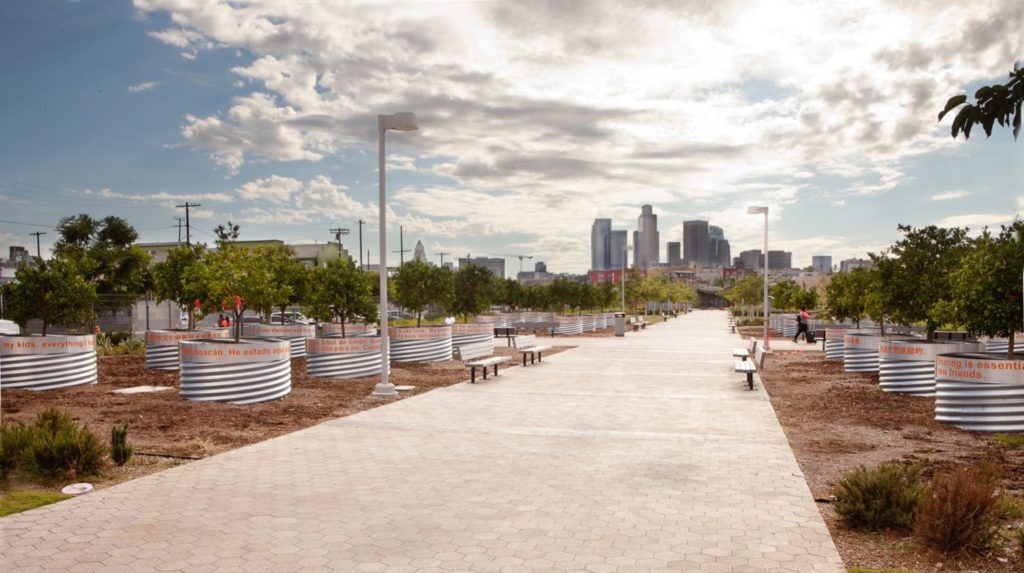
Fallen Fruit (David Allen Burns and Austin Young): Monument to Sharing, L.A. State Historic Park 2017
Established in 2017, Monument to Sharing is a permanent public artwork composed of large-scale planters decorated with community-sourced phrases about food, sharing and memory that wrap around 32 orange trees. The interviews were gathered while planting publicly accessible fruit trees in front of homes and businesses within walking distance of the park, and the phrases create a poem that describes what it means to be a great neighbor as the trees continue to grow and bear fruit for all who want it. In that way it acts as both the physical and poetic epicenter of the Endless Orchard movement. More than that, during the pandemic, the monument activates and enables gathering in a safe, free, outdoor location — the exact kind of thing for which we’ve all become so grateful lately.
In fact, Covid had a profound impact on Young and Burns — not only the logistics of staging projects around the world, but in terms of their work’s larger, deeper significance, as the work has always been partly about survival and perseverance, as well as the urgency of community-building. “Since lockdown started in March of 2020 our work quickly shifted,” they tell L.A. Weekly. “All public projects were stopped completely and most of the installation artworks also were paused until recent months. But there are two projects that did continue thankfully, and that allowed us to keep working collaboratively and pushing our creative process.”
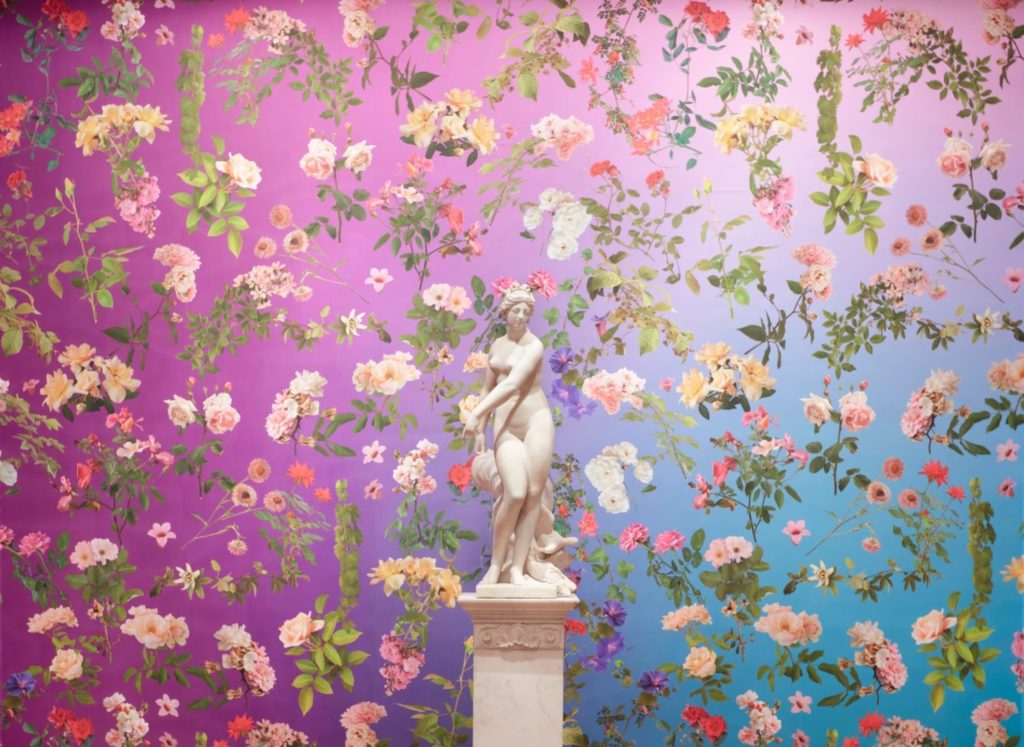
Fallen Fruit (David Allen Burns and Austin Young): NATURAL HISTORY, NGV Triennial, 2020 (Photo by Sean Fennessy)
They completed and installed a large immersive artwork engaging the permanent collection of the National Gallery of Victoria in Melbourne, investigating the legacy of colonialism and erasure of local cultures. Titled Natural History, it was commissioned for the NGV Triennial. They also created and installed Like In Paradise, an investigation of beauty and translocated ideas of paradise for the Höhenrausch Museum in Linz, Austria, which is on view through March 2022 if you’re going that way. These and other Fallen Fruit museum installations are an extension of their more directly agrarian history. “We think of these artworks as portraits of a place,” they say, pieces made through things they discover from research. “The fruit, flowers, objects, archives…Our immersive installations are made by conducting countless interviews with locals, exploring deep into permanent collections and learning the complex histories that tell nuanced stories often of immigration and the movement of fruit, ideologies and cultural objects along with people.”
So have the challenges and issues coming to the fore in the past two years inspired them to reconsider their practice, or have they witnessed more people understanding what they do and why they do it? “Short answer: Yes!,” they say. “That idea we love, that generosity begets generosity, feels more important now than ever. To promote the idea of sharing and connectedness to place, as the beauty of the Endless Orchard is at its core an invitation to share with others. Over the years, we have learned that the boundary of public and private space is not only a legal loophole, but it is a place that exists in many realms of culture — libraries, museums, historical records. So, these spaces became a focus of our research for projects. We are always seeking to shed light, reorganize meanings, and disrupt the normatives of ‘people and place.’”
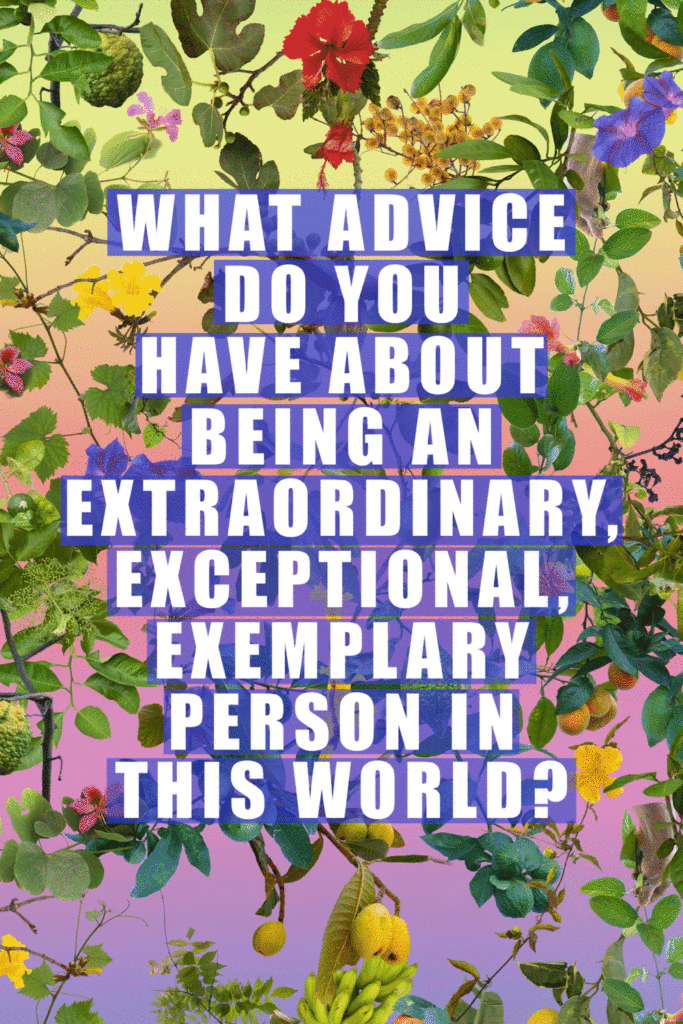
Fallen Fruit (David Allen Burns and Austin Young): On Becoming A Question
Even the language around the L.A. location — the word monument specifically — seems ripe (sorry more puns) for the kind of reconsiderations we’re having as a culture right now, as we seek to see our nation’s soul more fully reflected in our public iconography than has previously been the case. Too many warriors and colonialists, not enough peacemakers and healers. When Fallen Fruit presented the Endless Orchard project idea at the Creative Capital retreat in 2013, they imagined that with public participation the orchard would become the largest public artwork in the world — one that redefined the parts of humanity that deserved the pedestal and the cultural codification of values that comes with it. “We believe in sharing and trust. It’s one way to heal the world around us,” they say. “Share with everyone, without expecting anything in return.”
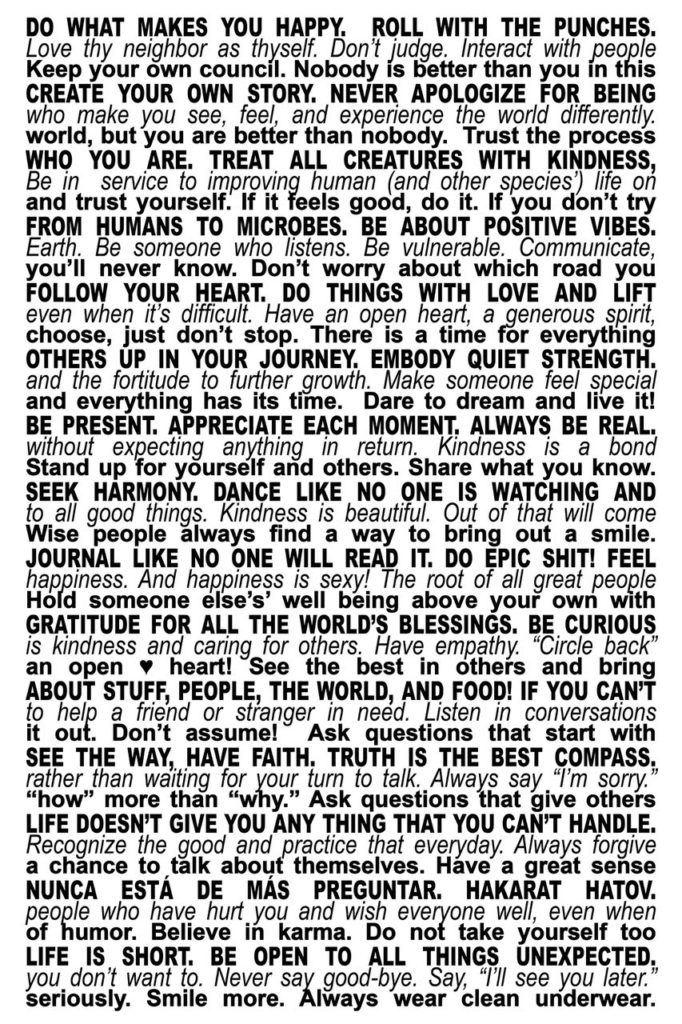
Fallen Fruit (David Allen Burns and Austin Young): People Power, 2020
Saturday, November 13, 2pm-sunset at the Monument to Sharing in Los Angeles State Historic Park, 1245 N Spring St, downtown come join the public gathering, and apply ahead to adopt a free fruit tree for your neighborhood. For more information visit fallenfruit.org.
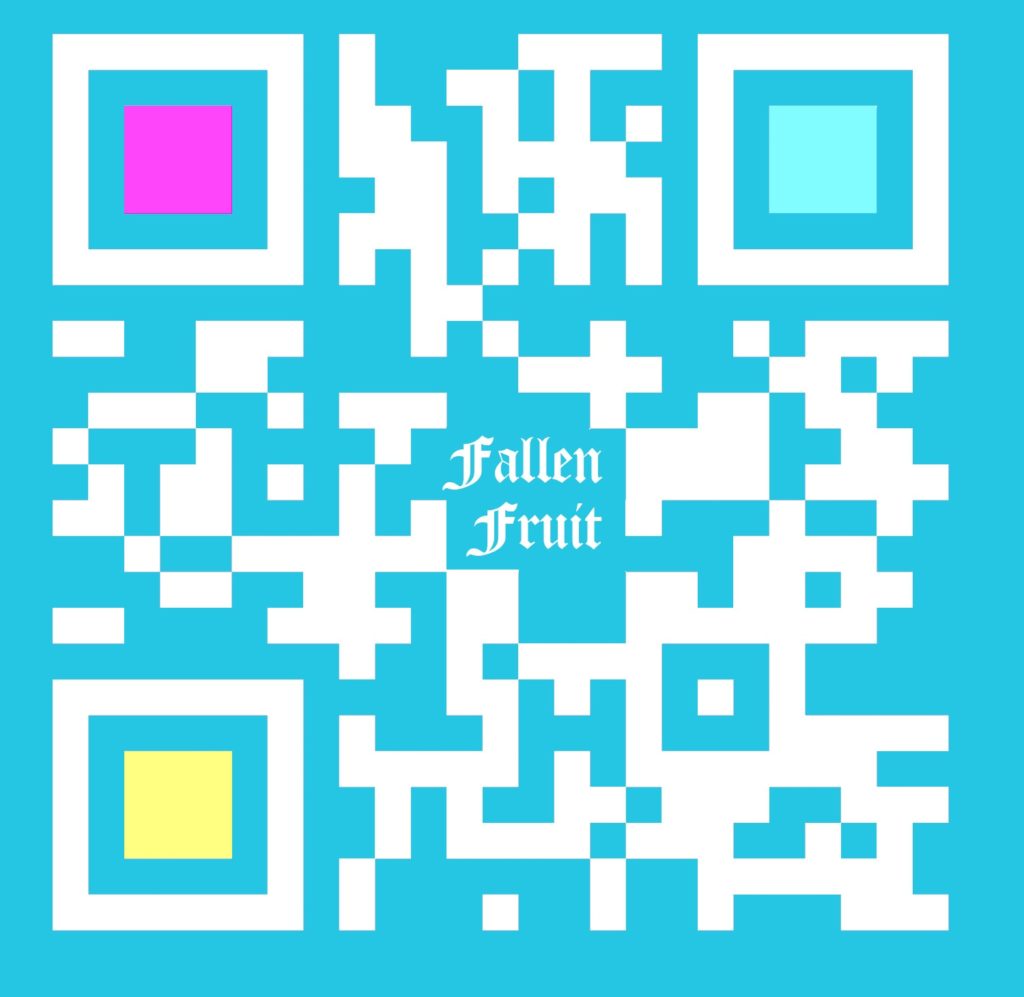
Fallen Fruit: Endless Orchard
Advertising disclosure: We may receive compensation for some of the links in our stories. Thank you for supporting LA Weekly and our advertisers.

